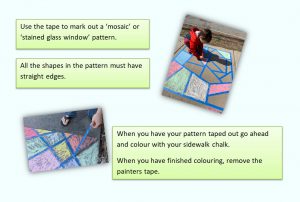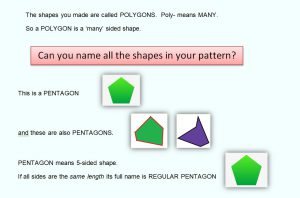Recently, I posted a video that one of our Volunteers, Bruce, took of some carpenter ants making a nest in an old piece of Fir (see below.)
Then I found a video about Carpenter Bee nests. What was particularly fascinating about their nests is that they are very similar to Mason Bee nests, some of which we maintain in the Canuck Place garden in Vancouver. When I have access to all my materials again, I’m currently working from home, I’ll post about our Mason Bees!
Unfortunately the video about Carpenter Bee nests cannot be played anywhere other than YouTube. You can search it by it’s title:
Carpenter Bee Tunnel and Development by Peter
Above is a video Bruce took of some carpenter ants making a nest in an old piece of Fir.
Bruce, often leaves interesting objects in the classroom for me to share with the children; mostly things he’s found in the garden! Lucky for us, Bruce is still sharing things with us even during this time of social distancing!
Carpenter Ants make nests in wood by chewing sandpaper-smooth tunnels and chambers in wood. They cannot eat the wood. The wood is discarded as shredded fragments of coarse sawdust ejected from the nests. The sawdust may contain dead ants and bits of dead insects that the carpenter ants have eaten.
If you’ve seen a “big, black ant” outside your house, it was probably a carpenter ant. Carpenter ants serve a useful purpose in nature. Their nests consist of tunnels and chambers chewed into soft wood. The openings and hollow spaces they create contribute to the natural decay of stumps, logs and dead limbs. Without recyclers such as carpenter ants we would be up to our necks in dead, un-decomposed organic matter in the landscape and woodlands.













